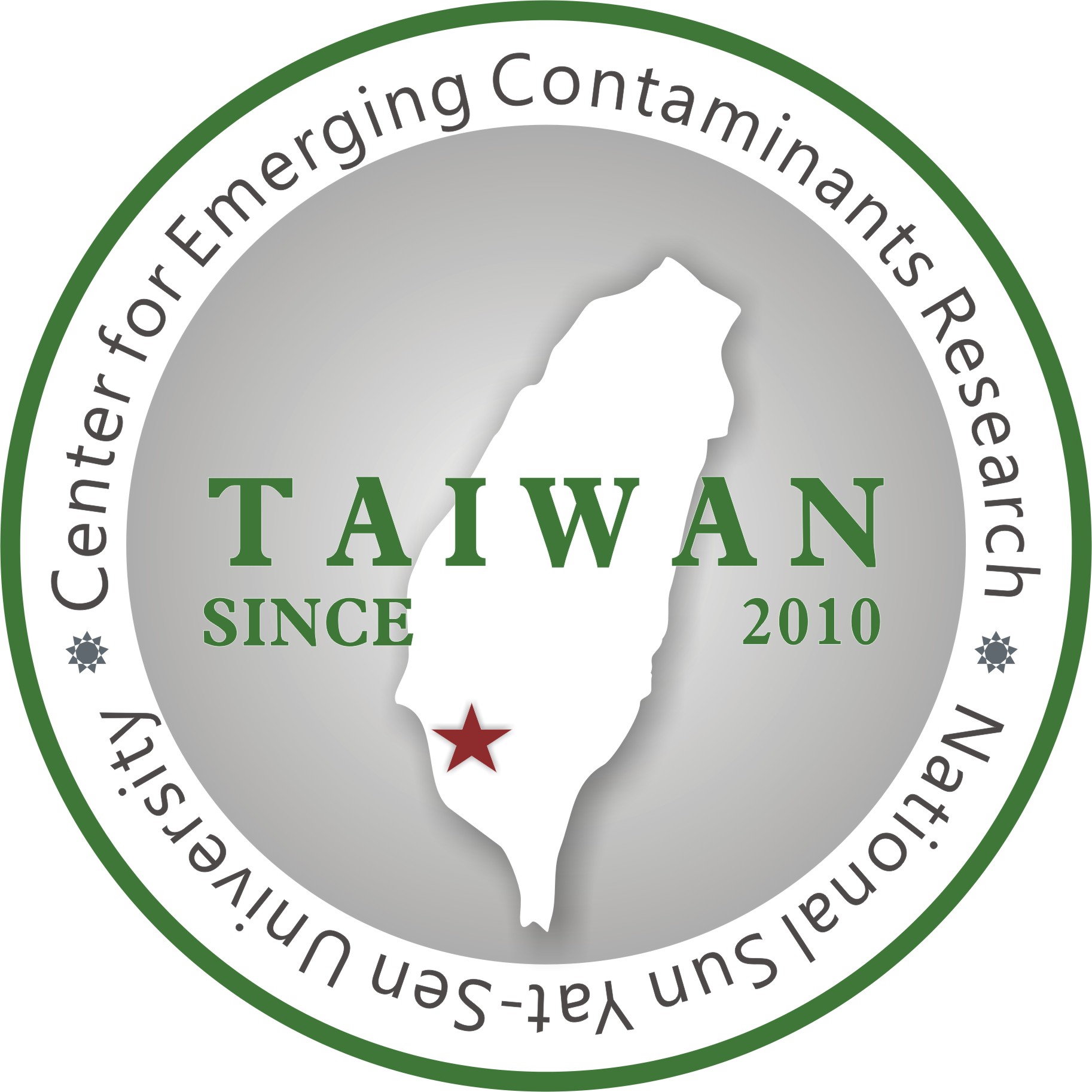|
|
National Sun Yat-Sen University Center for Emerging Contaminants Research |
|
|
|
‡ Origin and Purpose “Emerging Contaminants” (ECs; also known as “contaminants of emerging concern”) refers to chemicals that pose potential risk to human health and the environment associated with their presence, frequency of occurrence, or source may not be known. ECs might be originated from many kinds of human activities and sources such as industry, agriculture, hospitals, and our daily life. ECs can appear in the environment, in the foods as additives, in the illegal drugs, and even in a variety of household goods. Emerging environmental contaminants include various endocrine disrupting chemicals (EDCs; also known as environmental hormones), pharmaceuticals and personal care products (PPCPs), nanoscale contaminants (e.g., carbon nanotubes and titanium dioxide) and perfluorinated compounds (e.g., perfluorooctane sulfonate) in various environmental media such as air, soil, water, and sediment. Among the most prominent groups of emerging food contaminants, those of industrial origin (e.g., perfluorinated compounds and nanomaterials), emerging groups of marine biotoxins (e.g., palitoxins and spirolides), and illegal additives in the foods (e.g., melamine and plasticizer-based clouding agents) are currently the most important. Illegal drugs include ecstasy, Ketamine, FM2, GHB, and others. Humans also may expose to organohalogen compounds (e.g., decabromodiphenyl ether and brominated polystyrenes) that are released from various household goods such as carpets, curtains, cable cords, and computer cases. To analyze these ECs, it is necessary to use gas chromatography-mass spectrometry (GC-MS) and liquid chromatography-mass spectrometry (LC-MS). In many instances, GC-MS/MS and/or LC-MS/MS are needed to analyze and identify the concerned ECs and their daughter products. It has been confirmed that ECs would pose threats to human health and the ecological environment. Using water as an example, there is an increased demand for water quantity and quality. Thus, water reclamation has become a trend worldwide. Nonetheless, the treatment units in the existing wastewater treatment plants and waterworks facility are not designed for the removal of emerging contaminants such as PPCPs and EDCs. As a result, potential threats posed by ECs have received much attention by researchers around the world. Research focuses include species and sources of ECs and their analytical methods, occurrence, fate, ecotoxicity as well as treatment methods. Even today, the input of ECs relevant research activities in Taiwan is still in its infancy not to mention its status a few years back. In 2008 a few faculty members of different expertise (including chemistry, biology, environmental engineering, marine environmental engineering, and marine biology) at National Sun Yat-Sen University (NSYSU) began to discuss the possibility of having a joint research on various aspects of ECs. Later, those faculty members all had a common hope that one day NSYSU should become an important base and excellent institution for ECs research in Taiwan or even in Asia. This formed the basis of organizing Center for Emerging Contaminants Research at NSYSU.
================================================================== Director:Yuan-Chung Lin |
|

